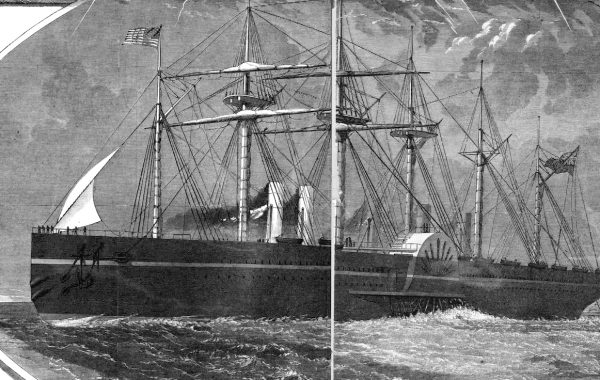Some years ago, I read How Experiments End by Peter Galison. A book on the history of science, and specifically on some fairly esoteric issues in physics, doesn’t have a strong connection to our work, but I saw one there anyway. One of the questions addressed in the book is the one posed by the title: how does a scientist know when they are done with an experiment? The answer isn’t always obvious and the results are often ambiguous enough that there is no objectively-determined end. The connection to engineering is in the title of this blog post: how do we know when a project is over?
The answer may seem obvious: a building project is over when the construction is complete. That answer is just pushing off the hard problem to the next step: how do we know when construction is complete? Is it when construction is “substantially complete,” which is often enough for the beginning of occupancy? Is it when the punch-list items have been addressed? When the general contractor or construction manager leaves the site? When the statute of repose kicks in? The visible end of a project isn’t necessarily the real end, just as the visible start date, with people in suits pretending to use ornamental shovels, isn’t the real start.
As structural engineering sub-consultants, our start and end may be different from the those of the project as a whole. The main structural work is often completed months or years before the project as a whole, so our (OSE’s) perception of a project end may be different than the architects’, owners’, and contractors’. Not infrequently, we are called back to a project where we thought our work had been completed because some non-structural work requires a minor structural revision: a change in dunnage because of a last-minute change in HVAC equipment, for example. From our perspective, the project has come back to life after a hiatus; from the perspective of others, it’s been moving along at a steady pace and we dropped out for a while.
We do a lot of investigative work that has no construction directly connected to it. When do those projects end? When we deliver a report? When the client accepts the report? When we stop getting questions about it? When some lawsuit where it’s been introduced as evidence concludes?
Detective shows on television are famous for wrapping up complicated cases in an hour. (Back when network TV was top dog, “an hour” meant an hour less commercial time, or something like 48 minutes.) Most people understood that TV plot pattern was fiction, but the concept of a clear and definitive end to things is hard to kill. Most events have a fuzzy start and a fuzzy end, and large construction projects are fuzzier. In The Great Bridge, David McCullough begins the story of the Brooklyn Bridge, physically constructed between 1869 and 1883, in the early years of the 1800s, and ends it at the time he was writing, in the 1970s. Even small projects, like the ones we usually work on, can extend for years after the building is in use and the work is seemingly over.
Tomorrow: an example.



